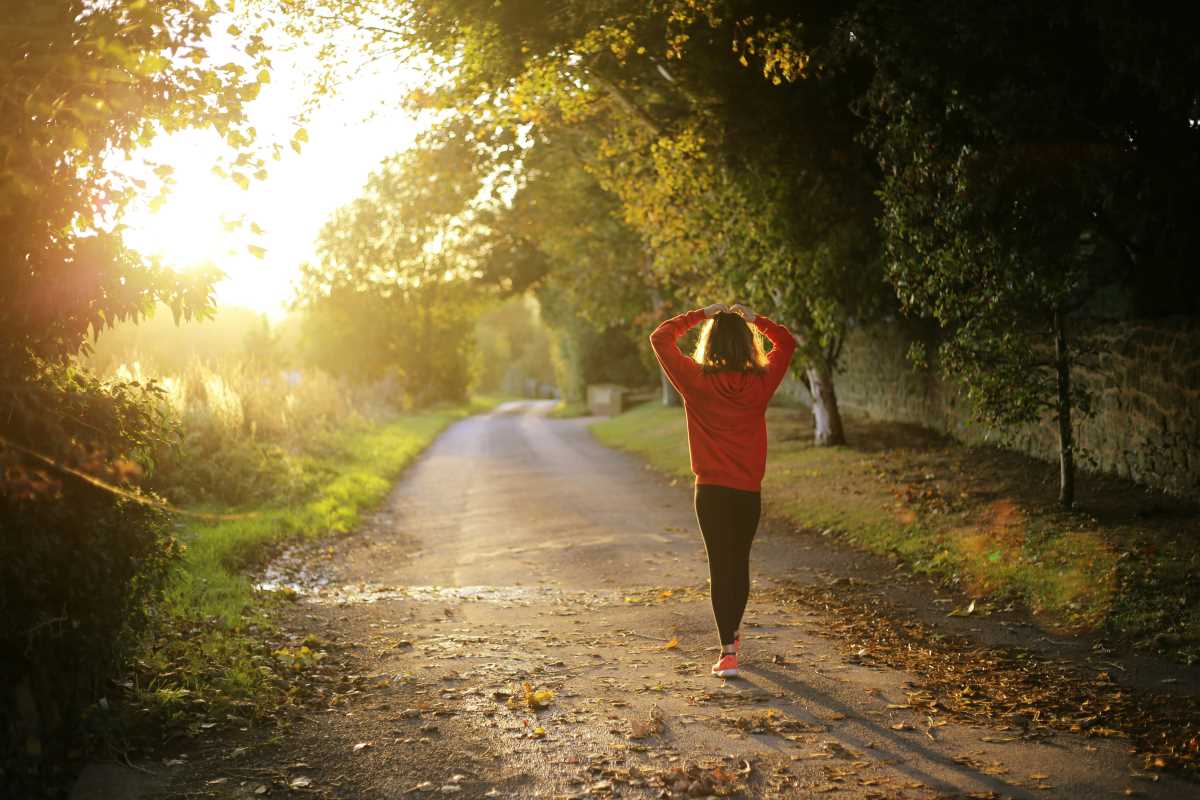Communities come alive when people join forces, share ideas, and work together to shape the future of their neighborhoods. A simple suggestion from a volunteer can spark a lively street fair, while creative workshops can bring fresh energy to overlooked corners of town. These kinds of gatherings go beyond simple entertainment—they invite everyone to take part, rethink what is possible, and discover value in places that often go unnoticed. When residents turn everyday locations into spaces for new ideas, the entire neighborhood enjoys a sense of progress, connection, and improved quality of life.
Ways to Re-engage the Community
- Underground Skills Swap (neighbor-to-neighbor knowledge exchange)
- Purpose: Exchange craft skills for gardening know-how in informal spaces.
- Steps:
- List your skill on a shared digital board.
- Choose a public spot with a chalkboard for sign-ups.
- Connect skill providers with seekers via a text thread.
- Cost: Almost nothing—just chalk and goodwill.
- Tip: Schedule gatherings right after popular farmers’ markets to benefit from existing foot traffic.
- DIY Story Bench (public storytelling stage)
- Purpose: Inspire micro-performances and storytelling among strangers in a park.
- Steps:
- Recruit three local artists to stencil prompts on the bench.
- Host a weekly open-mic every Saturday afternoon.
- Invite local libraries to provide a portable microphone.
- Cost: Less than $200 for paint, plywood, and materials.
- Tip: Use waterproof paint to ensure durability through all seasons.
- Shared Tool Hub (community tool lending shelf)
- Purpose: Reduce single-use purchases and build trust among residents.
- Steps:
- Gather donated or lightly used tools from neighbors.
- Organize them on labeled hooks and shelves.
- Assign a rotating caretaker to log check-outs in a notebook.
- Cost: Under $150 for space rental or shelf construction.
- Tip: Post a monthly newsletter highlighting new tools to maintain engagement.
- Pop-Up Wellness Walk (guided neighborhood tours)
- Purpose: Promote health, connection, and local pride.
- Steps:
- Identify routes featuring historical landmarks.
- Prepare short welcome scripts highlighting murals or gardens.
- Use free event pages on social media for promotion.
- Cost: Minimal—limited to printable flyers.
- Tip: Partner with a herbalist or podiatrist for mini health tips during walks.
- Interactive Community Map (resident-driven local guide)
- Purpose: Co-create a visual tour that fosters shared ownership.
- Steps:
- Print a black-and-white base map.
- Provide stickers, pens, and postcards for contributions.
- Update monthly and upload high-resolution scans online.
- Cost: Less than $80 per update cycle.
- Tip: Feature a “spotlight story” from a resident to personalize the map.
Practical Steps to Lead Local Change
- Community Audit (neighborhood opportunity mapping)
- Purpose: Identify unused lots, closed storefronts, and potential gathering spots for events.
- Steps:
- Form small teams to cover different blocks.
- Photograph and jot down ideas for each location.
- Share findings in a public meeting and vote on the top three ideas.
- Cost: Only a smartphone camera.
- Tip: Wear bright vests to spark conversations with passersby.
- Microgrant Program (funding small-scale local ideas)
- Purpose: Support grassroots innovation with small, fast-disbursed grants.
- Steps:
- Set eligibility criteria and create simple application forms.
- Promote through newsletters and social media.
- Use a rotating committee of nonexperts to approve proposals quickly.
- Cost: Budget depends on donor contributions.
- Tip: Ask local cafés to match grants with supply vouchers.
- Mobile Idea Station (roaming feedback collection)
- Purpose: Gather spontaneous public input in high-traffic spots.
- Steps:
- Turn a stroller or cart into a mobile whiteboard and suggestion box.
- Stock chalk, wipes, and a poll “fishbowl” for quick yes/no votes.
- Schedule visits during busy times like markets or school pickup hours.
- Cost: Under $50 for materials.
- Tip: Track recurring ideas to spot strong trends.
- Skill-Sharing Workshops (peer-led learning sessions)
- Purpose: Strengthen networks by teaching practical skills face-to-face.
- Steps:
- Survey residents for topics of interest.
- Reserve free or low-cost public spaces.
- Host 90-minute sessions ending with feedback circles.
- Cost: Often free if venues waive rental fees.
- Tip: Film short clips to share online and draw new participants.
- Pop-Up Repair Café (free or low-cost repair events)
- Purpose: Reduce waste while connecting helpers with learners.
- Steps:
- Set up folding tables with toolkits.
- Recruit volunteers for two-hour shifts.
- Request item drop-offs in advance via social media.
- Cost: Light refreshments under $30 per event.
- Tip: Hand out “repair 101” pamphlets so visitors can fix similar issues at home.
Building Long-Term Growth Through Collaboration
When neighbors participate in these local activities, they generate momentum that spreads to city council meetings and planning sessions. Teams that start Pop-Up Wellness Walks often become committees proposing permanent bike lanes. Shared Tool Hubs can turn into small businesses offering affordable rental options. As trust increases, city budgets open up, and regular contributors gain seats at strategic discussions.
Small wins build trust. When an interactive map receives dozens of submissions, it proves the value of larger grants. City planners see that turning a vacant lot into a weekend food garden reduces litter complaints. Grassroots efforts then influence policy, allowing residents to shape zoning decisions instead of just reacting to them.
New Ideas for Community Growth
Explore innovations like AR-enhanced street art, volunteer-based local currencies, and neighborhood energy co-ops that share solar power. Use AI-managed e-bulletins, gamified challenges, and pop-up learning spaces to spark engagement. By treating new projects as low-risk pilots, communities empower residents to experiment, collaborate, and turn small ideas into lasting change.







